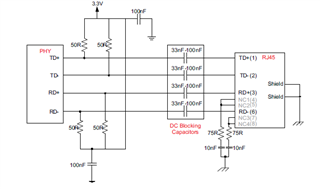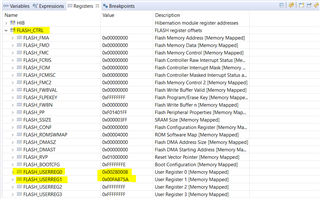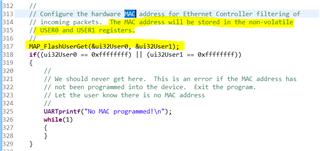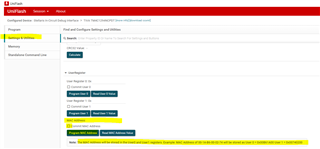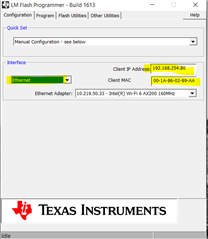Other Parts Discussed in Thread: EK-TM4C1294XL, EK-TM4C129EXL, TLK110, UNIFLASH
Dear All,
I embbedded the TM4C129XNCZAD on PCB.
The board is supposed to connect though ethernet port but I can not get any to get signal on the EN0TXP/N pin.
I read the related thread and I realized that the voltage on RBIAS on my board is not 1.2V. it is rather 0V.
According to information on the forum, In the mentioned condintion the MCU can not properly work.
I checked the VDD pins and VDDC pins, they have adequate voltage.
Could anyone know what may cause RBIAS to have 0V?
Kind regards,
Jean



